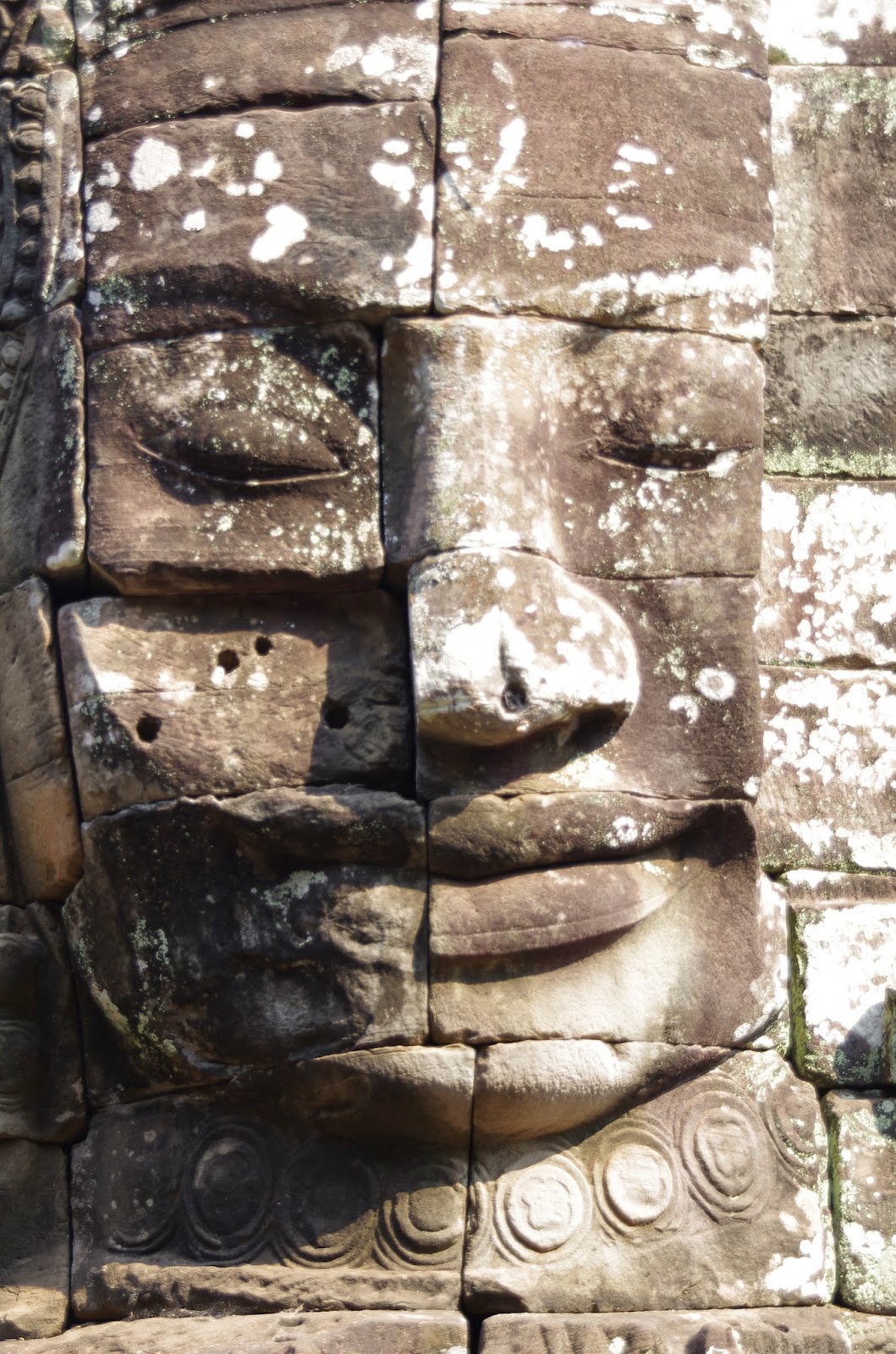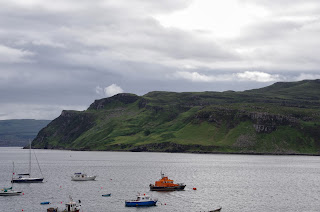We decided that this was not a sustainable mode of navigation, particularly as we used walking as our primary transportation. We rented a little portable WiFi unit the following day, which proved to be well worth the trouble. I reckon you could get around fine by train/metro and use physical maps if you were keen, but the easier option was probably worth it for us.
Cultural activities
We visited a few galleries, exhibitions and temples in the few days we were in town. My favourite was an incredible exhibition of N.S. Harsha at the Mori Art Museum, but the David Bowie exhibition was also super cool. His costume design was really enviable. We also visited a ceramic and glassware exhibition at Suntory Museum of Art, a kabuki performance at Kabuki-za and a live acoustic guitar duo show at an underground jazz bar called Pit Inn. We arrived early at Pit Inn and were queuing outside for the doors to open. But queuing's not that simple, apparently. People with pre-booked tickets had their names read out and entered the bar one by one, with all entry pausing until the called person had completed their transaction and entered the bar. So it took about 15 minutes for around 40 people to enter a small room. The room itself is solely focused on the stage, with rows of seats with little tables to rest your drink on as you reverentially watch the show. Good fun, and talented musicians.
Cherry and plum blossom
We were a few weeks too early for the best of the cherry blossom, but the early festival season had started in Kawazu, about three hours south of Tokyo. We made a special day trip, including a bit of a stretch on the Shinkansen, and saw some pretty good looking trees. The festival was fun too, with so many food stalls lining the (extensive) length of the area. We also went to see the less vaunted, but no less illustrious plum blossoms at Hamarikyu and Kyu Shiba Rikyu Gardens.
Cafes, bars and food
Golden Gai is a great spot for an intimate bar experience, with most places having seating for just 4-8 people. We went a couple of times, once to a 'safe' little bar that was foreigner-friendly, and the second time to a not-foreigner-unfriendly place. There are quite a few 'members only' bars and places where you can only enter if you are Japanese.
Outside of Golden Gai, Baird Beer has an excellent beer list, all of which they brew themselves (and the tofu-on-a-stick was surprisingly delicious), and Dug Cafe is pretty cute too.
Cafes are plentiful and coffee roasting is a bit of a fad. We had some really good coffees and only a couple of bad ones. My favourite cafe was probably one with the worst coffee, Milonga Nuoba, but for ambience you can't beat a cafe with an Argentinian Tango theme.
Tofu-on-a-stick notwithstanding, it was never going to be easy being vegan in Japan. Sure, there are heaps of places you can eat, but it did take an inordinate amount of our time looking up how to get to particular cafes and restaurants. Having said that, we had an amazing fancy traditional lunch at Daigo Restaurant, complete with our own tatami-matted room and waitresses dressed in kimonos. We also had excellent food experiences at the Oyaki Company, Shinjuku, who make traditional oyaki (buckwheat burger/dumpling things) and other tasty treats, and at Ouka Ramen, who do a special vegan ramen alongside other halal foods.
Shopping
My height makes clothes shopping a bit of a tricky proposition in Japan, but we both gave it a red hot go. The department stores are amazing behemoths where you could spend entire days (and entire month's wages, no doubt). Perhaps our best shopping experience was visiting Book Town near Jimbocho, where there are around 170 book shops all within a couple of miles. Of course the majority are filled with Japanese books, so were of little use to us, but a few specialise in English and European languages so we got a few bits and pieces. We particularly enjoyed the novelty of a kind shop owner addressing us in German.
Bits and bobs
Woah, a lot of people wear surgical face masks both outside and in controlled indoor environments. If the primary purpose is to protect against pollution, the world is a very bad place. If the primary purpose is to prevent the spread of disease, I guess it has a purpose. I'm not so sure. Either way it is confronting.
There is some weirdness with tax-free shopping - any time you spend over 5000 yen at a store, the purchase is eligible to be tax free for foreigners, so you are forever handing over your passport to get it scanned and checked, then have special receipts stapled all through it for you to supposedly hand over to customs staff at the airport to prove you have the goods you've purchased and are entitled to the tax exemption. Thankfully they didn't check the receipts or products at the airport, because that would be a nightmare.












































